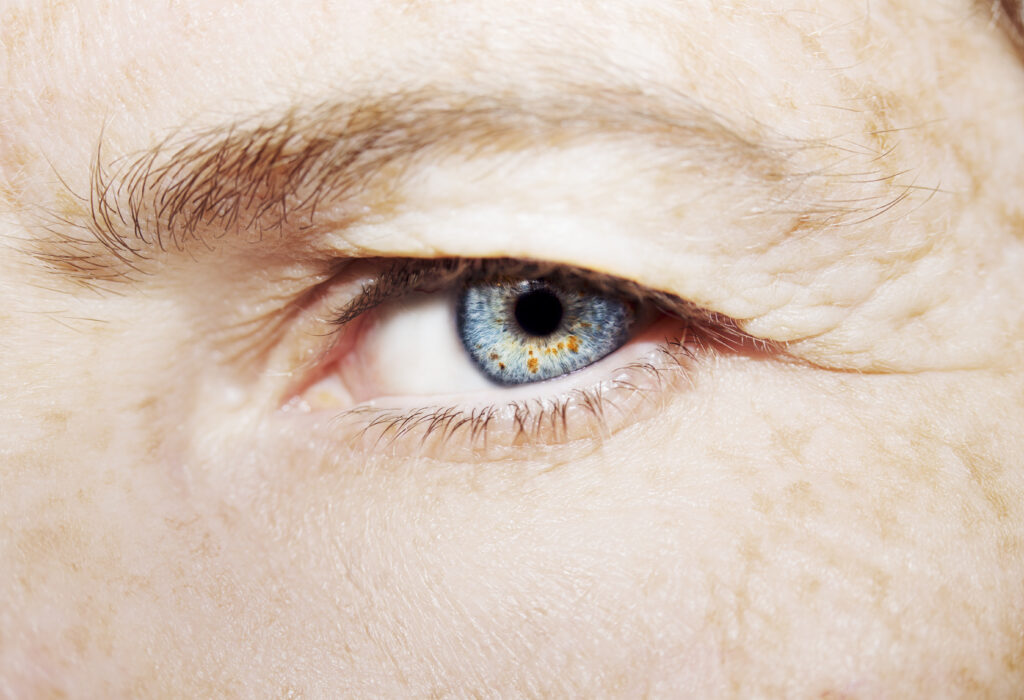
How Eyelid Abnormalities Cause Dry Eye
Your eyelids play an essential role in eye health. Every time you blink, your eyelids help spread tears evenly across the surface of your eye, protect against irritants, and prevent tears from evaporating too quickly. When eyelids are misaligned or weakened due to age, trauma, or other factors, they can disrupt this process.
Common eyelid conditions that can lead to dry eye symptoms include:
In each of these cases, correcting the eyelid structure allows the eye to function properly again—and helps restore a healthy, comfortable tear film.
When Is Eyelid Surgery Recommended?
Lid surgery is typically considered when:
A thorough eye exam can determine if your eyelids are playing a role in your symptoms. If so, eyelid surgery may be a key part of achieving long-term dry eye relief.

Types of Lid Surgery
There are several procedures your doctor may recommend, depending on your diagnosis:
Ectropion Repair
Surgery to tighten and reposition the lower eyelid so it rests flush against the eye, helping tears stay where they belong.
Entropion Repair
A procedure that corrects inward-turning eyelids, protecting the eye from lash irritation and reducing tear film disruption.
Ptosis Repair
Lifts the upper eyelid to restore proper eyelid position while ensuring the eye is fully covered when closed, reducing evaporation and exposure.
Lid Tightening or Lateral Tarsal Strip Surgery
Used to correct general lid laxity, improve alignment, and ensure that eyelids close and drain tears correctly.
All of these procedures are typically performed as in the office surgical suite with minimal downtime.
Benefits of Lid Surgery for Dry Eye
For patients with eyelid-related dry eye, surgery can provide long-term, sometimes life-changing relief. Benefits include:
What to Expect During Surgery and Recovery
Eyelid surgery is performed under local anesthesia with oral or IV sedation, depending on the procedure and patient preference. Most surgeries are completed in under an hour.
After surgery, you may experience mild swelling or bruising, which typically resolves in a few days to weeks. You’ll be given post-operative instructions to keep your eyes clean, avoid rubbing, and follow up for healing checks.
Most patients return to normal activities within a week, and symptom relief continues to improve as healing progresses.

Is Lid Surgery Right for You?
You may be a candidate for eyelid surgery if:
We’ll assess your symptoms, tear film, and eyelid anatomy to determine whether surgery is likely to help—and what type of procedure is most appropriate for you.
Frequently Asked Questions
Restore Eye Comfort by Treating the Cause
If your eyelids are affecting how your eyes feel every day, relief may be closer than you think. Eyelid surgery is a highly effective way to restore natural tear function, protect the eye surface, and reduce frustrating dry eye symptoms. Contact our office today to schedule an evaluation and learn whether eyelid surgery could be the key to long-term relief.
